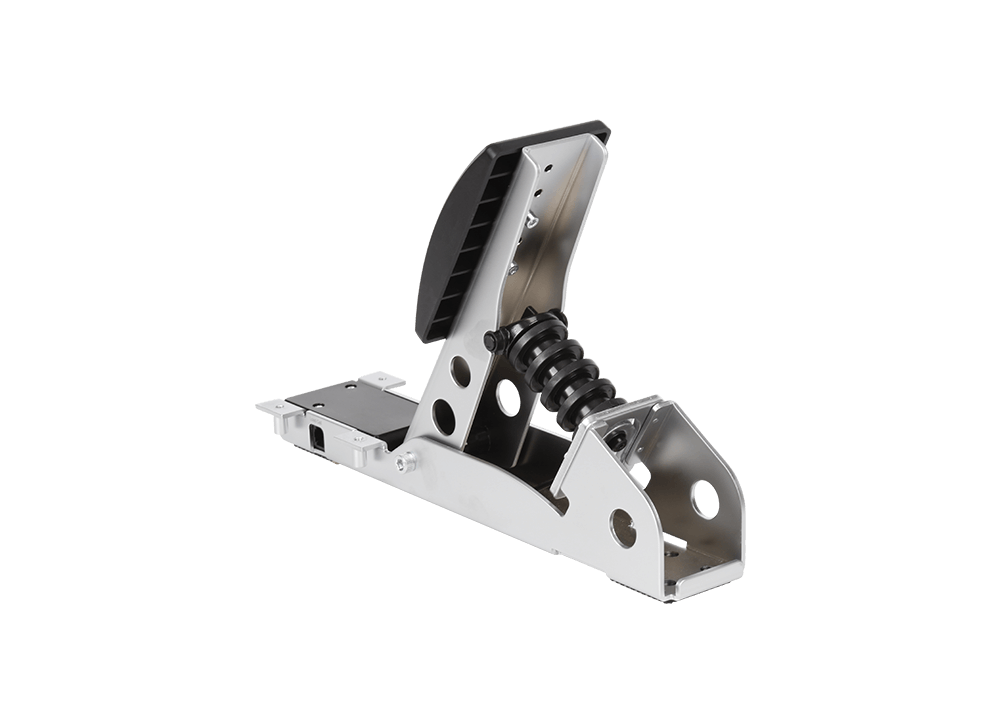Time:2023-08-15 Preview:
With the progress of society, the development of technology, and the qualitative leap in quality brought about by the progress of daily standards, many people are thinking about how to improve quality, and the same goes for craftsmanship. The better the craftsmanship, the more market demand, and the higher the efficiency. What are the CNC machining techniques for aluminum shells? Let's take a look together!
1. Reasonably select the cutting amount, and the staff selects the cutting speed to be used based on the required data, hardness, cutting condition, variety of data, depth of cutting, etc. These conditions are ideal for effectively protecting machines from low wear conditions.
The three elements of cutting conditions: cutting speed, feed rate, and cutting depth directly cause tool damage. With the progress of cutting speed, the temperature of the tool tip will increase, resulting in mechanical, chemical, and thermal wear. If the cutting speed increases by 20%, the tool life will be reduced by 1/2
The relationship between feed conditions and tool wear occurs within a very small range. But with a large feed rate, the cutting temperature rises and the rear edge wears heavily. It has less impact on the tool than cutting speed. Although the influence of cutting depth on the cutting tool is not as great as the cutting speed and feed rate, in small cutting depth, the hardened layer generated by the cutting material also affects the tool's lifespan.
Users need to select the cutting speed to use based on the processed data, hardness, cutting condition, data variety, feed rate, cutting depth, etc.

The selection of suitable processing conditions is based on these factors. Regular and stable wear and tear to reach the desired lifespan is the ideal condition.
2. Select suitable cutting tools. When rough cutting, generally speaking, it is better to choose high strength and suitable cutting tools, which can better meet the requirements of rough cutting.
How to reasonably select machining tools? How many factors are there in cutting quantity? How many types of cutting tools do you have? How to determine the rotational speed, cutting speed, and cutting width of the cutting tool?
① When milling flat surfaces, non regrinding hard alloy end mills or end mills should be selected. In general milling, it is recommended to use a secondary cutting tool for processing. The first cutting tool is easy to use an end milling cutter for rough milling, and the cutting tool should be connected along the surface of the workpiece.
② End mills and end mills with carbide inserts are mainly used for machining bosses, grooves, and box surfaces.
③ Ball knives and round knives (also known as round nose knives) are commonly used for machining curved surfaces and variable angle contour shapes. And ball cutters are mostly used for semi precision and precision machining.
3. Choose a reasonable fixture. The parts should fully meet the requirements of the machine to reduce unnecessary positioning errors and facilitate the selection of specialized fixture clamping tools. The machining route refers to the trajectory and direction of the tool relative to the part during the machining process of a CNC machine tool.
① It should be able to ensure processing accuracy and surface roughness requirements;
② Efforts should be made to shorten the processing route and reduce the tool idle travel time.
4. Determine the processing route before work. Try to shorten the machining route as much as possible to reduce machine wear and tear.
The technical requirement of CNC machining technology is that the control system can logically process programs with control codes or other symbol instruction rules, and decode them through a computer to make the machine tool operate and process parts. After cutting with a cutting tool, the raw material is processed into semi-finished product parts, etc.
 Related News
Related News· Main classification of vertical machining centers for CNC gantry drilling and tapping machines ·What does machine processing do? ·Tool setting and tool changing for machining center processing ·Requirements for workpiece smoothness and cutting tools in CNC precision parts machining ·What are the advantages of CNC precision machinery processing? ·Several Polishing Methods of Hardware Die Castings ·How should the Longmen Processing Center be selected? ·The characteristics of CNC processing technology ·Precautions need to be taken precautions ·What are the maintenance methods of CNC processing?


